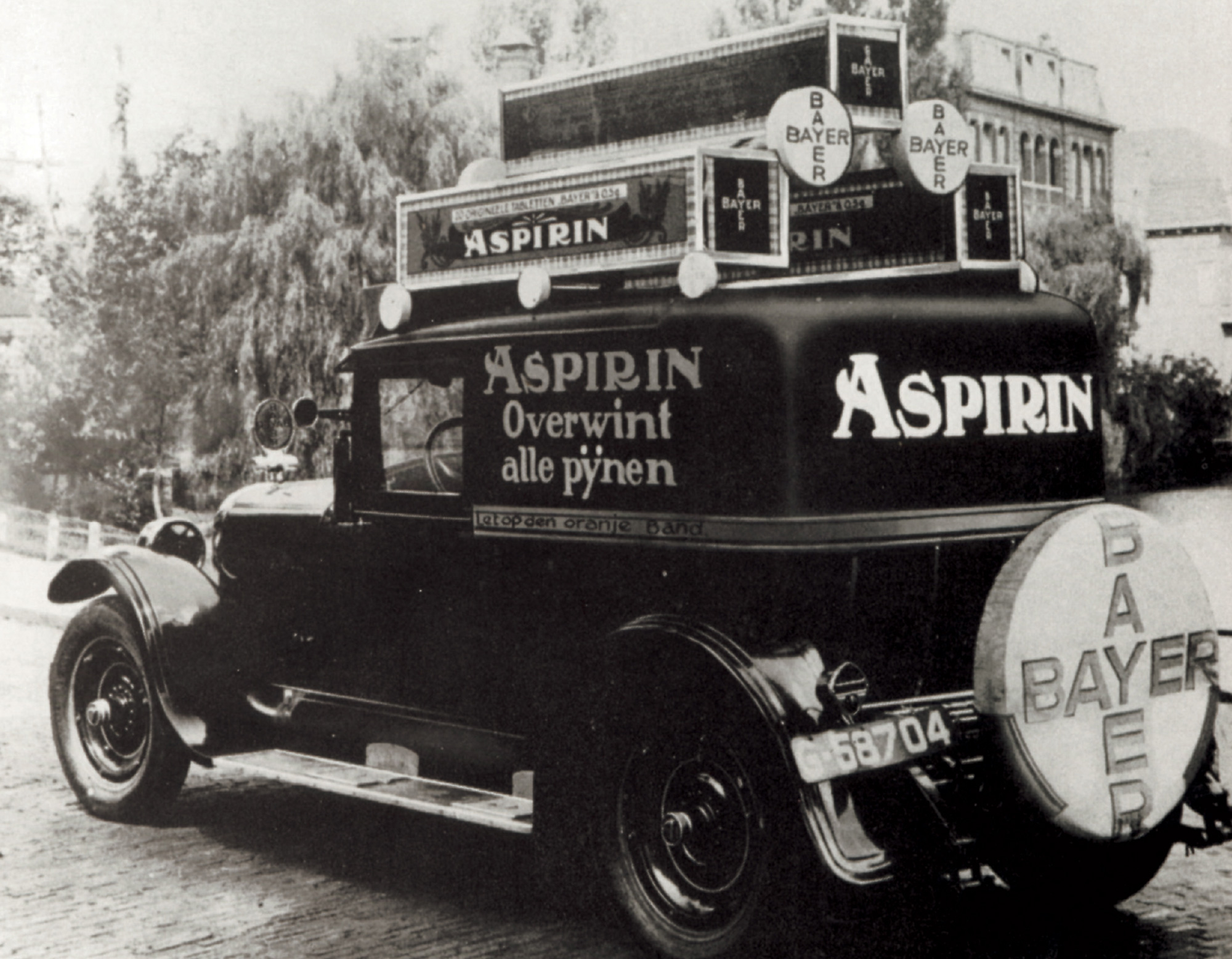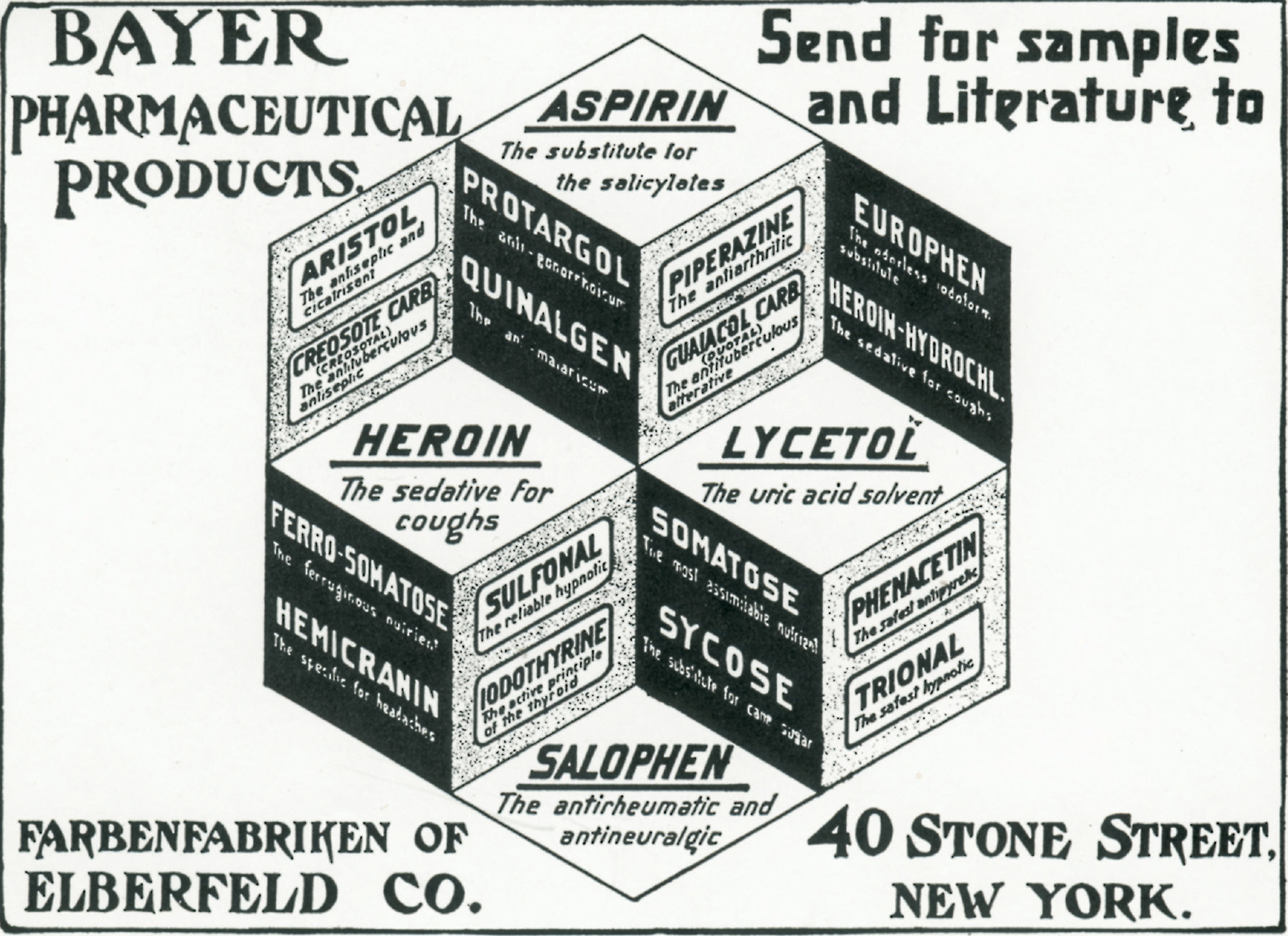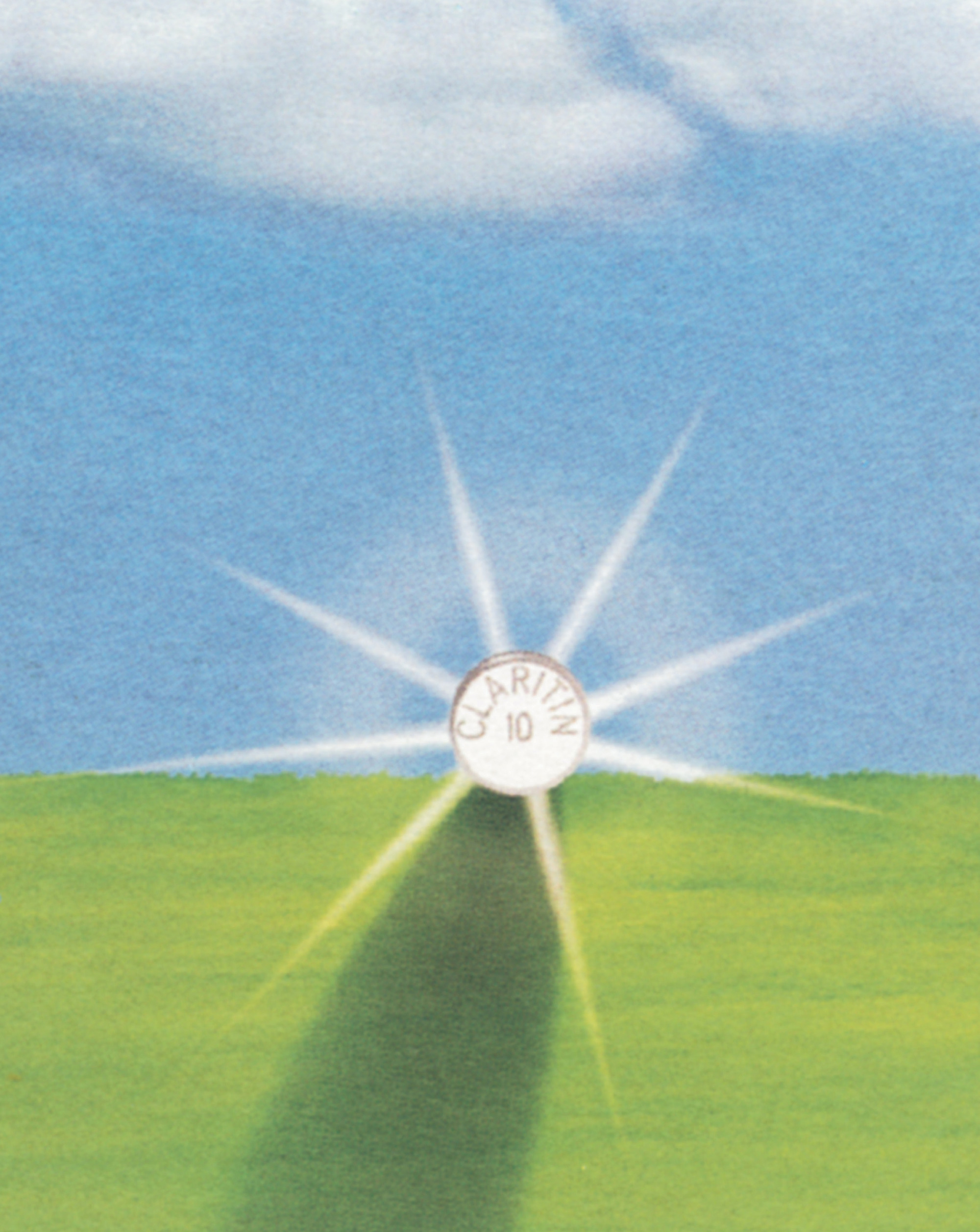The Placebo Effect
To please or to benefit
Tom Vanderbilt
There is an organic grocery near my house whose aisles bristle with wellness: The folksy, charming packaging festooned with the words “natural” and “no preservatives,” the latest exotic substances touted for an array of health benefits (e.g., shark cartilage), the newsletters advertising Rolfing seminars or spas practicing “Native American healing techniques.” To merely browse the aisles is to feel one’s sense of inner well being triumphantly restored.
There is just one problem: The majority of these aggressively marketed nostrums and sagely dispensed healing techniques cannot actually be proven to have any health benefits. There are no exhaustive clinical trials—when there are, they typically turn up negative results—supporting most of these remedies, and as for the wisdom of adhering to “Native American” (no tribe is ever given) or “ancient” healing techniques, one must wonder why so many well-educated people would follow so fulsomely the healing practices of cultures whose members’ average life-span rarely exceeded 40.
Some of this is surely a reaction to modernity, the pagan and carnivalesque strands of American culture rearing up against the white-smocked visage of scientific rationalism—certainly that Lakota shaman must know something the folks at Pfizer do not. And yet to call the empirical efficacy of alternative medicine into question is not to deny, paradoxically, that it can actually work. For at least part of what is going on as I drink my “wellness tea” and eat my “Ancient Grains” may in fact be something as old as medicine itself: the placebo. In the same way that merely visiting a doctor’s office and being given a prescription, safely assuaged in the knowing caresses of Hippocratic and pharmacological authority, can make one feel better (even before taking the medicine), so too can the inherited folk wisdom, soothing graphic design, and all-enveloping, cultish spirit of alternative medicine produce the psychological conditions that may in themselves boost the body’s own natural immune systems.

As Arthur and Elaine Shapiro argue in The Powerful Placebo: From Ancient Priest to Modern Medicine, the history of medicine has been, until the last century, a history of the placebo. They write: “The fifteen remedies described in the oldest Sumerian medical tablet, dating to 2100 B.C.—the treatments of the ashipu (sorcerer) and the asu (physician)—were, as were all the remedies of the ancient cultures, placebos.” In the absence of clinical trials or reputable documentation, there was no proof that any of the prescribed medicines worked, and in many cases the most charitable thing that could be said of them was that they caused no further injury. Medicines and therapeutic techniques were proffered seemingly at random by healers endowed with a mystical, unimpeachable authority, and there is much to suggest that whatever they may have contributed to the recovery of a person’s health was merely in the faith they evinced: A person’s will to believe in their power in effect created its own power. As the medical historian W.R. Houston wrote, doctors themselves “were the therapeutic agents by which cures were effected.”
<Witness the importance of ritual in ancient medicine. The Byzantine scribe Alexander of Trallers said gout should be treated by mixing myrrh with the nipple-like projection from a young pig’s cecum, which would then be wrapped in wolf or dog skin and worn as an amulet during the waning of the moon. At the sanctuary of Asclepius (son of Apollo) in Pergamom, the ancient equivalent of our modern New Age spas, elaborate rituals of fasting, fumigation, sea baths, incubation (sleeping in the temple), sacrifices, and various ointments and herbal infusions were said to be responsible for a range of remarkable cures, including a woman giving birth after five years of pregnancy and a bald man waking up to find himself with a full head of hair. Mental illness was combated with such elaborate dramas as the “surprise bath,” in which patients were unexpectedly thrown into the sea or plunged through a trapdoor into a stream below, or the human centrifuge, oriented vertically or horizontally depending on the illness in question. The 12th-century philosopher Maimonides recommended in his Treatment of Sexual Disorders urinating into a hollow carrot as a cure for impotence. Well into the 17th century, the London Pharmacopoeia (as much of an authority as existed then) listed among its medicinal agents such things as the saliva of a fasting man, lozenges of dried viper, fox lungs, shed snake’s skin, swallow’s nest, and “the triangular Wormian bone from the juncture of the sagittal and lambdoid sutures of the skull of an executed criminal.” Apart from the lack of proof of the effectiveness of these ointments, there is the suggestion that many may have actually done harm: As the Shapiros note, acupuncture, historically the favored healing treatment in China (and adopted here despite lack of overwhelming clinical proof of its effectiveness), may have “killed many more people than it helped, since the use of unsterilized needles probably was responsible for homologous serum jaundice, which was endemic in China for centuries.”

The hegemony of the placebo in the history of medicine is demonstrated in one measure by the etymology of the word itself. Before the 19th century, “placebo” had no medical referent, nor was there another word that signified the same thing—because there indeed was no line between the two. All medicine was a placebo, all placebos were medicine. As the singular future indicative tense of placere—Latin for “to please”—the word placebo was popularized around 1225, according to the OED, as “the name commonly given to Vespers in the first Office for the Dead.” It was, in fact, the first word uttered in that ritual: Placebo Domino in regione vivorum (“I will please the Lord in the land of the living.”) From this liturgical function the word began to acquire a slightly more secular cant, becoming shorthand for a sycophant or servility, used in phrases such as “to sing a placebo” or “be at the school of placebo.” From here it seems to have detached itself fully and become an actual noun: Chaucer featured a character named Placebo in a 1386 work, while an OED citation from 1572 notes: “The Bischop … having his placeboes and jackmen in the toun, buffatted the Freir, and called him Heretick.”
It was not until the 19th century that the word acquired a commonly accepted medical implication. Hooper’s 1812 Medical Dictionary defines a placebo as “an epithet given to any medicine adapted more to please than to benefit the patient,” which is a clear adaptation of its previous incarnation. More than a century later, however, the placebo had evolved into a word freed from its derisive past and existed simply as a clinical term: A 1950 OED reference from the Journal of Clinical Investigation reads, “It is … customary to control drug experiments on various clinical syndromes with placeboes especially when the data to be evaluated are chiefly subjective.” It is not precisely clear how the term transferred itself to medicine, but given that for centuries it was used as a term of derision one might speculate that as the scientific revolution dawned and medicine made its first tentative steps toward rationalism and away from mysticism, it became a way to bifurcate medicine’s murky past and codify its emergent future (the sort typified in Thomas Eakins’s painting The Gross Clinic, with its stern Victorians gathered around a patient in a medical college amphitheater). Through the 19th century, there is still a kind of jocular relationship with the placebo—doctors, in effect, nervously distancing themselves from the ineffective medicine they might have once prescribed; a reference in the OED from 1824 reads: “There is nothing serious intended—a mere placebo—just a divertisement to cheer the spirits, and assist the effect of the waters.” By 1884 we get the following quote, still poised somewhere between magic and science: “It is probably a mere placebo, but there is every reason to please as well as cure our patients.” Only by the 1950s did the placebo become safely ensconced in the cold language of the clinical trial, the valiant sugar-water agent of honest deception, the hero of the double-blind experiment, gamely revealing when one of the new wonder drugs was not ready for market.

And yet the placebo still carries something of its loaded past. The writer Margaret Talbot describes a case in which a number of people were to receive arthroscopic knee surgery; only half actually did. Six months later, no one could discern the difference, and no one reported being unhappy with the procedure. As Talbot notes, “it may be that the symbolic armature of surgery—the shedding of blood, the cultural prestige of surgeons, even the scars that call to mind a dramatic act of healing—is itself a powerful force in recovery.” Understandably, many in the medical profession reacted negatively to the study. Having come this far in erasing its placebolic past, is the placebo actually reasserting its place in the medical pantheon, not just as comparative agent but as medicine itself? In some tests for antidepressants and other drugs, placebos were reported to work as well as the actual drug in more than half the cases; in some rare cases, placebos actually worked better. Even as medicine enters the age of genomic exploration, the abiding power of the placebo suggests that some things that cannot be measured—faith, suggestion, and magic—also endure.
Cabinet wishes to thank Jim Hogshire, author of Pills-A-Go-Go, for providing us with images and their information.
Tom Vanderbilt lives in Brooklyn and is the author of Survival City: Adventures Among the Ruins of Atomic America, published recently by Princeton Architectural Press.